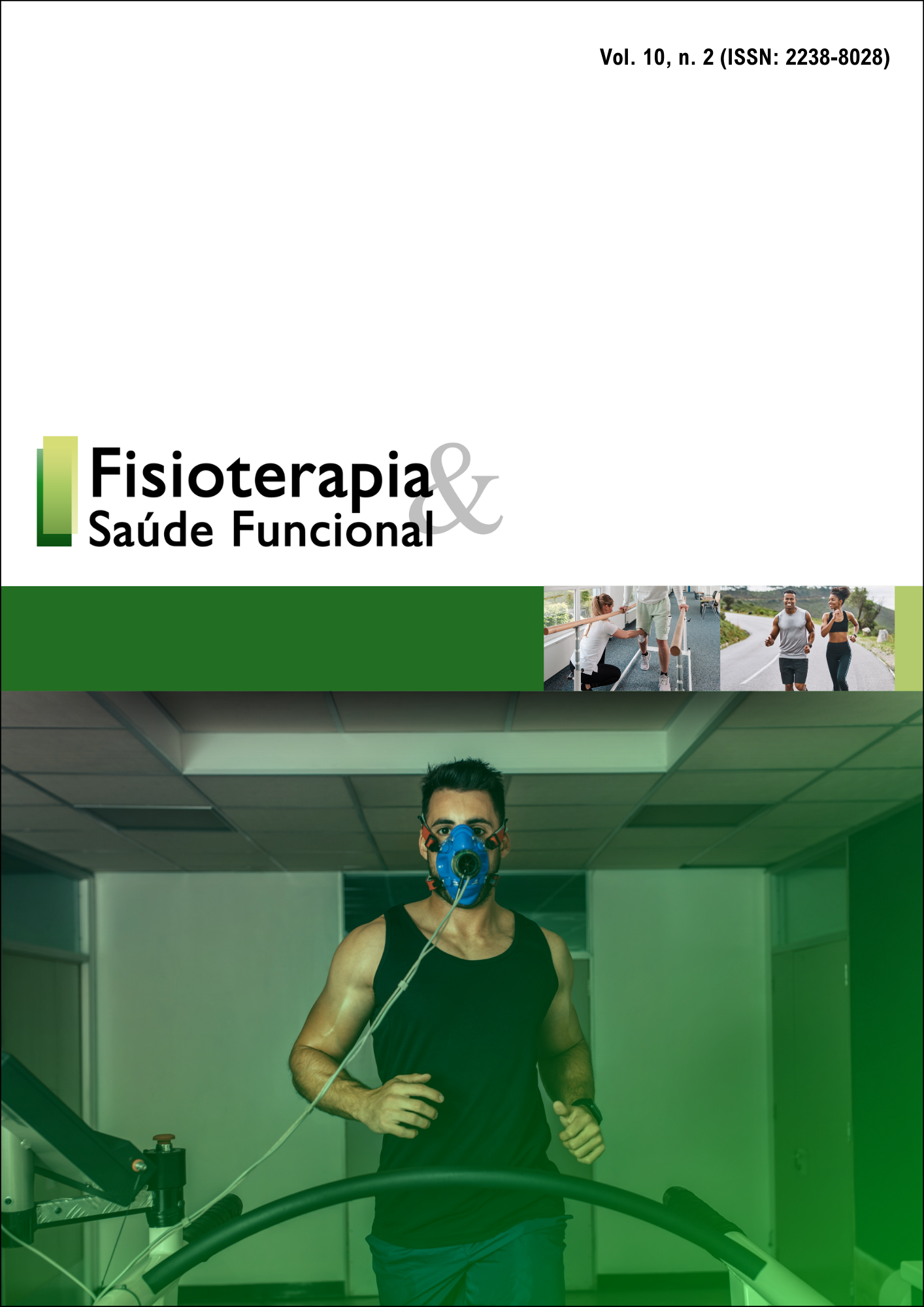Linfopenia como preditor de ventilação mecânica invasiva em pacientes hospitalizados sobreviventes de COVID-19
Resumo
ABSTRACT
Background: Although most studies describe the role of lymphocytes in COVID-19 severity and mortality, there is still a lack of data in the literature on whether lymphocytes may be good predictors of severity in surviving patients post-hospitalization for COVID-19. Objectives: The aim of this study was to investigate whether the lymphocyte count, measured at hospital admission, could be a potential marker of severity among COVID-19 survivor patients who needed hospitalization, and returned after one month of the discharge. Methods: Prospective observational cohort study of hospitalized unvaccinated adult patients diagnosed with COVID-19. Subjects underwent clinical and laboratory evaluation at the time of admission and after one month of discharge. Results: A total of 44 patients were included, 20 were admitted to the Intensive Care Unit and 10 required invasive mechanical ventilation (IMV). Patients with the lowest lymphocyte count values were predominantly male, had more ageusia symptom, and needed more invasive mechanical ventilation. ROC curve analysis determined that lymphocyte count cutoff values ≤ 971 cell/mm3, area under the curve of 0.77 [CI: 0.61-0.92; p=0.01], sensitivity (80%), and specificity (61%) to identify the need for invasive mechanical ventilation. There was complete recovery of lymphocytes and no unfavorable outcome with a one-month follow-up after hospital discharge. Conclusion: Lymphocyte count ≤971 cells/mm3 had good accuracy in the prediction of the need for invasive mechanical ventilation in surviving patients hospitalized due to COVID-19.
Downloads
Publicado
Edição
Seção
Licença
O(s) Autor(es), na qualidade de titular(es) do direito de autor do artigo submetido à publicação, de acordo com a Lei nº. 9610/98, concorda(m) em ceder os direitos de publicação à revista "Fisioterapia e Saúde Funcional" e autoriza(m) que o mesmo seja divulgado gratuitamente, sem ressarcimento dos direitos autorais, por meio do Portal, para fins de leitura, impressão e/ou download pela Internet, a partir da data da aceitação do artigo pelo Conselho Editorial da Revista.



